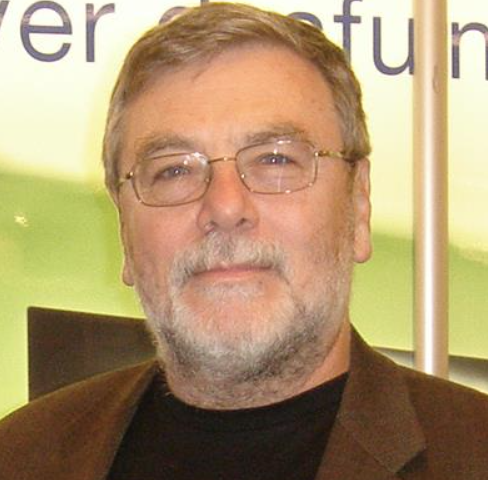Michael Pinsky, MD
Mentor

Dr. Michael Pinsky
(Critical Care Medicine & Anesthesiology) Ventricular function; Left ventricular ejection effectiveness, Heart-lung interactions; Molecular mechanisms of sepsis
Our research interest focuses on the assessment of left ventricular (LV) performance as quantified by changes in LV diastolic compliance, contraction asynchrony, intrinsic contractility and ventilation-induced changes in LV afterload. Various animal models (canine, rabbit, and neonatal piglet) are used to measure LV pressure (catheter-tip transducers) and volume (conductance catheters). These preparations allow us to accurately describe the ventricular pressure-volume history of the cardiac cycle and the impact that specific interventions may have on all aspects of ventricular pump function. By examining the regional conductance volumes along the long axis of the ventricle one can also derive some measure of contraction synchrony among parallel units. We are presently assessing the dynamic impact of transient increases in pulmonary arterial pressure and aortic pressure on bi-ventricular pressure volume relations, addressing the specific issue of systolic ventricular interdependence and the role of the pericardium in this process. In other studies, we are assessing the impact of LV contraction asynchrony on LV shortening and relaxation wherein LV contraction asynchrony is induced by RV and LV free wall pacing and regional myocardial ischemia. Using tissue Doppler imaging to assess regional myocardial displacement and contraction velocity, we are developing a non-invasive method to quantify LV contraction effectiveness using both force of contraction and ejection synchrony as the two primary input variables. Because clinical trials and practice now use cardiac resynchronization therapy to improve LV performance in patients with left bundle branch block cardiomyopathy, tissue Doppler imaging coupled with our signal processing and analysis techniques may be a useful tool in (1) identifying those subjects in whom cardiac resynchronization therapy would be effective and (2) guiding the therapeutic procedure (i.e., optimal placement of pacing leads and timing of pacing during the cardiac cycle).
